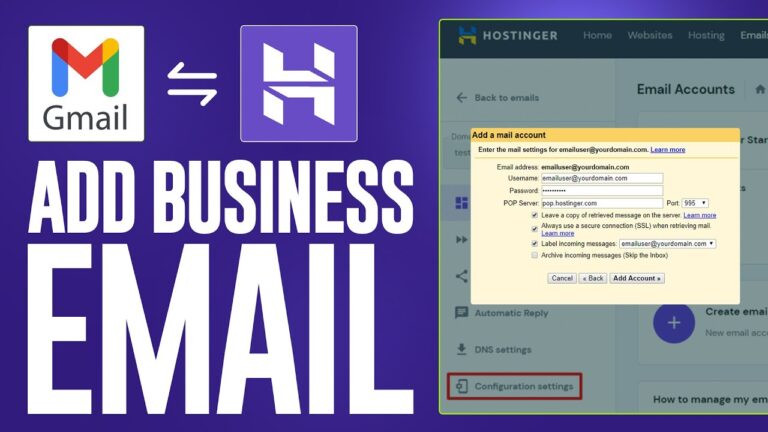
In the digital age, online security is paramount. One of the best ways to secure your website and build trust with your visitors is by installing an SSL certificate. SSL (Secure Sockets Layer) encrypts the data transmitted between a user’s browser and your website, ensuring that sensitive information such as login credentials, payment details, and personal data remains secure. In this tutorial, we will guide you through the process of installing an SSL certificate on Hostinger, a popular web hosting provider.
Before we dive into the installation process, let’s understand the importance of SSL certificates for your website. Not only does SSL encryption protect your visitors’ data, but it also boosts your website’s credibility and improves your search engine ranking. Google considers SSL as a ranking factor, so having an SSL certificate can help improve your SEO efforts and drive organic traffic to your site.
Now, let’s get started with the step-by-step guide on how to install an SSL certificate on Hostinger:
Step 1: Purchase an SSL Certificate
The first step is to purchase an SSL certificate. Hostinger offers SSL certificates that you can purchase directly from their website. Log in to your Hostinger account, navigate to the SSL section, and choose the SSL certificate that best suits your needs. Follow the on-screen instructions to complete the purchase.
Step 2: Generate a CSR (Certificate Signing Request)
Once you have purchased an SSL certificate, you need to generate a CSR to request the certificate from the certificate authority. Log in to your Hostinger account, go to the SSL section, and find the option to generate a CSR. Fill in the required information, such as your domain name and organization details, and submit the CSR.
Step 3: Activate the SSL Certificate
After generating the CSR, you will receive the SSL certificate from the certificate authority. Log in to your Hostinger account, go to the SSL section, and find the option to activate the SSL certificate. Copy and paste the SSL certificate, along with the private key and any intermediate certificates, into the designated fields.
Step 4: Update Your Website Settings
Once the SSL certificate is activated, you need to update your website settings to use HTTPS instead of HTTP. Log in to your website’s admin panel or use an FTP client to update the website URL to https://yourdomain.com. Make sure to update any hardcoded links in your website’s code to ensure that all resources are loaded securely.
Step 5: Test the SSL Certificate
After updating your website settings


